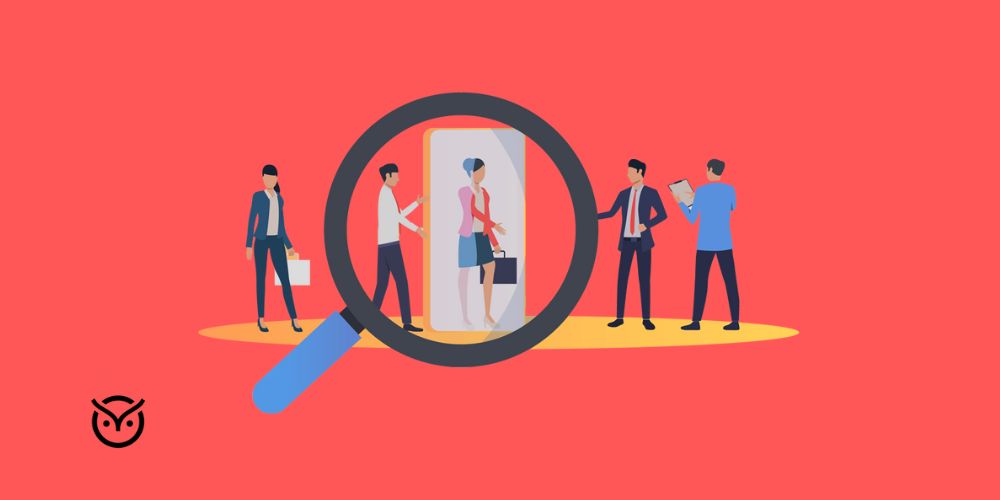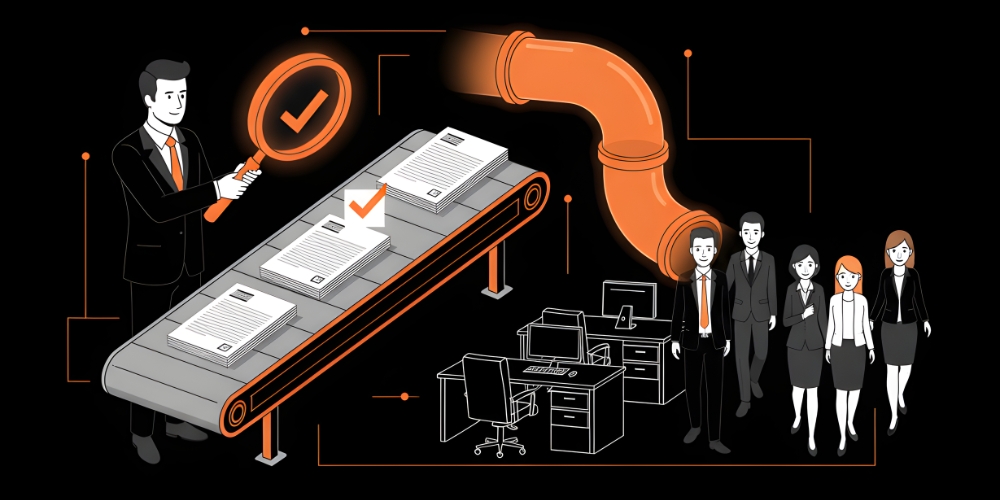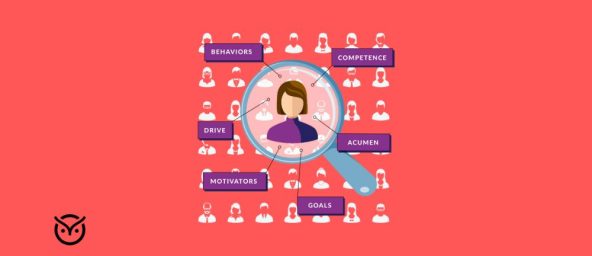
TL;DR
- Strategic workforce planning aligns hiring with goals.
- It boosts employee onboarding process optimization.
- Strategic planning cuts costs, improves retention and keeps hiring predictable
- Data and AI tools make planning faster and more accurate.
- Small businesses can apply it too. Review plans yearly to stay on track.
You hire five people in a rush, the budget stretches thin and training falls behind. The employee onboarding process optimization fails before it starts. This chaos happens when hiring decisions aren’t backed by planning.
Now picture the opposite. You know what skills you’ll need in six months which roles might open and how to train for them. That clarity comes from strategic workforce planning, a process that links hiring to long-term goals instead of short-term gaps.
What Is Strategic Workforce Planning?

Strategic workforce planning means understanding your current team, forecasting future talent needs, identifying gaps and building a plan to close them. It’s not just headcount management. It’s about having the right skills at the right time.
According to the Chartered Institute of Personnel and Development (CIPD), this approach “balances labor supply with future business demand” to prepare for shifts in skills, roles and resources.
It also fits under the broader umbrella of talent management and workforce planning where recruitment, development and retention align to business goals. The focus isn’t just on who you hire but how that talent will help the company adapt to change.
With artificial intelligence reshaping industries, the need for smarter planning is greater than ever. McKinsey estimates that up to 30% of current work hours could shift by 2030 due to automation. That means workforce planning now needs to cover reskilling, redeploying and upskilling before any gaps start to appear.
Workforce Word Sort — What Is Strategic Workforce Planning?
Sort each term into Strategic or Non-Strategic. Then hit Check.
Term Bank
Aim for foresight, not reaction. Strategic terms belong with planning, skills and data.
Strategic
Non-Strategic
Reactive, guessy terms go here.
Why Workforce Planning Is Essential for Hiring Efficiency

Without a plan, hiring feels random. You rush to fill roles, slowing progress and hurting your employee onboarding process optimization. Strategic workforce planning fixes this with data-based hiring.
This is why it matters:
Better cost control
31% of CEOs struggle to find qualified workers. Planning ahead helps reduce last-minute hiring and overspending on urgent hires.
Stronger retention and internal mobility
Effective planning reveals where you can promote from within. The organizations using structured workforce planning see higher retention and better engagement.
Alignment with business strategy
When hiring reflects long-term business goals, every role makes sense. You attract talent ready for where your company is going not just where it is now.
Smarter decisions with workforce planning and analytics
Data identifies trends in turnover, performance and skills. This improves hiring quality and guides investments in training. Businesses using workforce planning tools are already reducing turnover and improving time-to-hire rates.
Improved onboarding and ramp-up
When you anticipate hiring needs, onboarding becomes proactive. You create smoother training experiences, faster integration and higher productivity from day one.
Fix the Hiring Chain — Why Workforce Planning Is Essential
Pick the best first step in each scenario to strengthen the hiring chain.
1) Time to hire is long due to late approvals, unclear roles, and an outdated job profile. What should come first?
Clear role definition is the first fix—it prevents delays later in the chain.
2) Cost per hire is high due to rush replacements and heavy agency fees. What should you fix first?
Planning ahead lowers cost and reduces dependence on agencies.
3) New hires leave within 90 days due to a confusing start. What’s the first move?
A clear, structured onboarding builds confidence and retention.
How to Optimize Hiring with Strategic Workforce Planning

Map Current Talent and Future Demand
Begin by reviewing your current team. Spot the people who make the biggest impact and the roles that keep things moving. Think about where the company is heading in the coming year. Match what you have today with what you will need tomorrow. The difference between the two shows where your plan should begin.
This step is the backbone of workforce planning and analytics, helping HR teams see where to hire, retrain or reorganize.
Use Predictive Data to Forecast Skills
Predictive analytics helps identify which roles will grow, shrink or change. AI-driven forecasting tools guide decisions by revealing upcoming skill needs. These insights cut hiring delays and improve workforce agility.
Align People Strategy with Business Goals
Make sure your hiring roadmap mirrors your business vision. HR must partner with leadership to ensure staffing supports future expansion or product development. This also strengthens succession planning, ensuring future leaders are prepared well in advance.
That’s where talent management and workforce planning go hand-in-hand. Hiring supports growth and growth feeds back into hiring.
Integrate AI and Automation
AI improves accuracy by analyzing workforce trends, identifying skill shortages and recommending development programs. It even supports employee onboarding process optimization by personalizing training paths for new hires.
Keep It Continuous
A workforce plan should evolve. Update it every six to twelve months to reflect new goals, technologies and talent needs. Companies like Cisco and Unilever maintain agility by treating workforce planning as an ongoing cycle not a yearly task.
Workforce Strategy Builder — How to Optimize Hiring
Pick your approach, then generate a tailored plan tip and next steps.
Use this as a quick starter. Refine with capacity data, budgets, and hiring timelines.
Conclusion
Hiring efficiency is about being ready. Combining strategic workforce planning with a thoughtful employee onboarding process optimization turns recruitment into a long-term advantage.
When businesses use data, align hiring with future goals and prepare for skill shifts early, they build teams that adapt faster and perform better. The payoff is simple: fewer surprises, smoother growth and a workforce built for what’s next.




